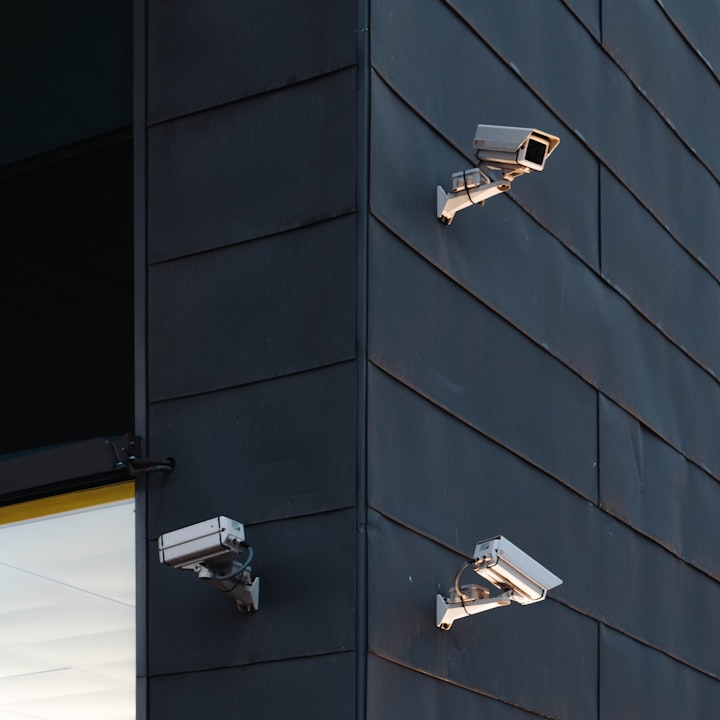Why Does Windows Take So Long to Recognize a Wrong Password?
Discover why Windows takes so long to recognize a wrong password and how it serves as a security measure to deter unauthorized access.

For many Windows users, the experience of mistyping a password and waiting for the system to respond can be frustrating.
The delay in the system's recognition of a wrong password can seem inexplicable and has led to numerous theories and inquiries.
In this post, we delve into the technical reasons behind these delays and debunk some common misconceptions.
An Outdated Explanation
The notion that the delay is caused by the system's verification of the password with an online server is widely believed.
However, this explanation falls short on multiple fronts.
1. Swift Server Verification
The internet speeds and server capabilities of today render the verification process nearly instantaneous.
Even with poor internet connections, the delay should be negligible in 2021.
2. Local Account Delay
Contrary to popular belief, the delay exists even with local Windows accounts, which do not necessitate server verification.
This invalidates the idea that delay is solely due to server-side checks.
3. Not Exclusive to Windows
The delay phenomenon isn't confined to Windows systems.
Other operating systems, such as Linux, display similar delays when recognizing incorrect passwords, despite not requiring server verification.
The Real Reason
The delay serves a crucial security function, aimed at thwarting illicit access attempts into user accounts.
By imposing a temporal barrier after each failed password entry, Windows minimizes the potential for brute force attacks and manual guessing of common passwords.
In Conclusion
While the delay may cause inconvenience for users, it serves as a fundamental line of defense against unauthorized access attempts.
Windows' approach focuses on preventing repetitive password guesses, aligning with contemporary security best practices.






